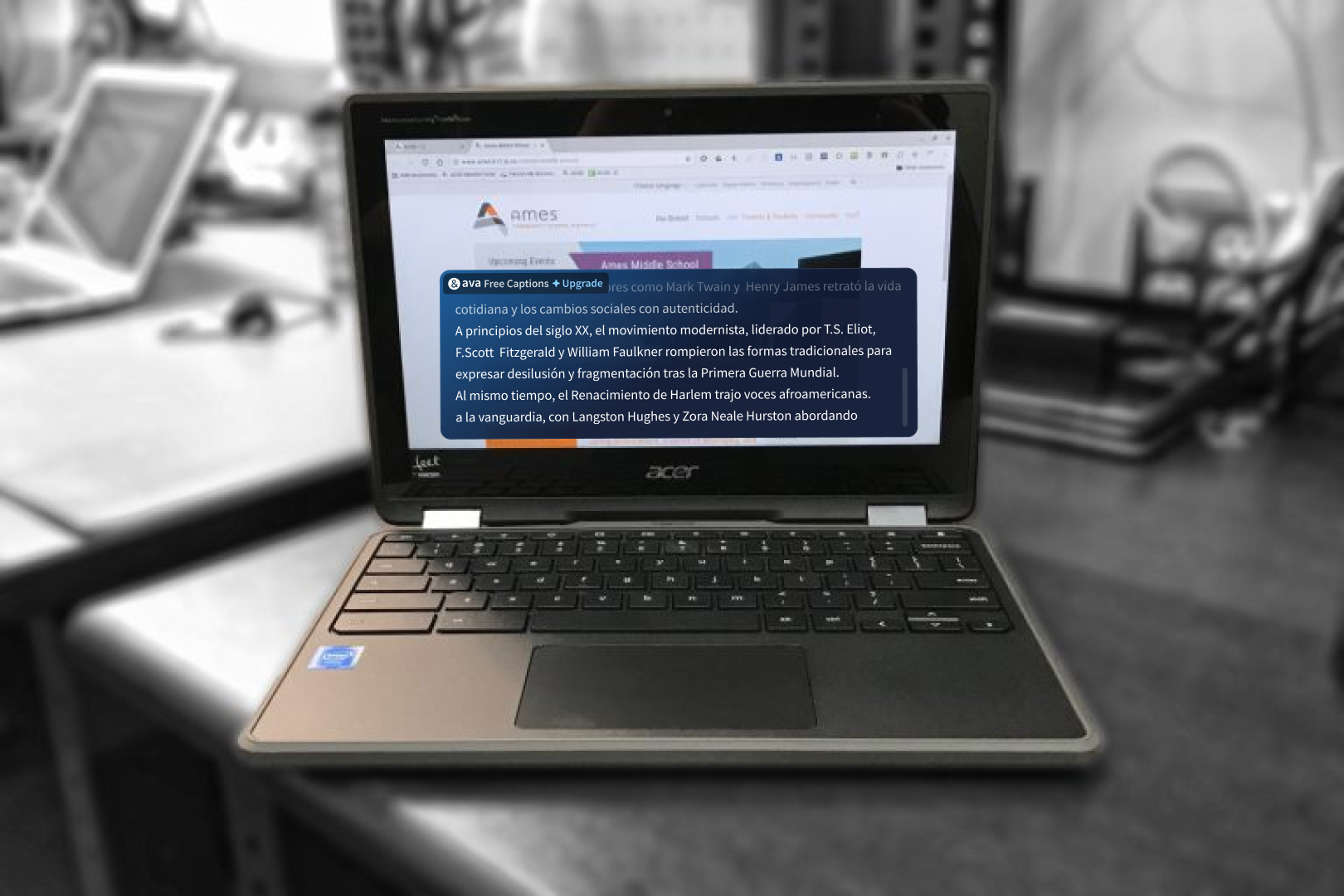
In an era where technology seamlessly integrates into our daily lives, its transformative impact on education, particularly for students with disabilities, is profound. For the Deaf and Hard of Hearing (DHH) students, technology not only bridges gaps but also opens doors to a world of opportunities that were previously out of reach. The journey through educational technology for DHH students is not just about accessibility; it's about empowering these students to thrive in a hearing-oriented world.
The Current Landscape
Approximately 85% of DHH students in the U.S. attend public schools, with about 43% spending the majority of their school day in general education classrooms. Despite this integration, the academic achievement of DHH students often lags considerably behind that of their hearing peers. This disparity highlights the urgent need for effective educational technologies that cater specifically to their needs.
Globally, the scenario is equally pressing. The World Health Organization (2020) reports that around 466 million people worldwide have disabling hearing loss, including 34 million children. What's more, 60% of childhood hearing loss is preventable, emphasizing the crucial role of early intervention and support.
The Role of Assistive Technology
Assistive Technology (AT) encompasses a wide range of equipment, software, and tools designed to enhance the functional capabilities of individuals with disabilities. In educational settings, AT for DHH students includes devices that amplify sounds, provide visual or textual access to spoken language, and facilitate communication.
1. Assistive Listening Devices (ALDs)
ALDs are pivotal in making auditory information accessible. Devices such as hearing loop systems, or induction loops, use a wire looped around a designated area to transmit sound electromagnetically to hearing aids or cochlear implants. This technology is particularly beneficial in noisy environments or when there is a significant distance between the speaker and the listener.

Frequency Modulated (FM) systems are another common ALD. These systems transmit the teacher's voice directly to the student via a receiver, ensuring that the sound remains clear and consistent regardless of distance or background noise.
2. Augmentative and Alternative Communication (AAC) Devices
For students who cannot rely solely on their hearing, AAC devices offer alternative means of communication. These range from simple picture boards to sophisticated electronic devices that generate speech. Tablets and specialized software play a significant role here, enabling non-verbal DHH students to communicate effectively with their peers and educators.

3. Visual and Textual Supports
Closed captioning and Speech-to-Text technologies are essential for providing access to spoken language. Closed captions in videos and real-time captioning of live speeches or lectures help DHH students follow along without missing crucial information.

Captioning technology, such as Ava, represents a significant advancement in making educational environments more accessible for deaf and hard-of-hearing students. Ava allows for real-time captioning in various settings, ensuring that these students can participate in more dynamic and integrated learning environments.
Practical Strategies for Educators
Educators play a crucial role in the effective implementation of these technologies. Here are a few strategies to ensure that DHH students receive the maximum benefit:
- Minimize Background Noise: Background noise can significantly hinder a DHH student's ability to focus and comprehend auditory information. Simple actions like closing windows and minimizing movement can reduce distractions.
- Clear Communication: Teachers should ensure they are facing the students while speaking and avoid anything that might obscure their mouth or face, such as masks or chewing gum.
- Inclusive Teaching Practices: It’s important for educators to use a combination of verbal instructions and visual aids, ensuring all students, regardless of their hearing ability, can follow the lesson.
- Check for Understanding: Regularly checking in with DHH students to ensure they understand the instructions or the content being discussed helps in adjusting teaching methods to better suit their needs.

The Bigger Picture
While specific technologies are designed to assist DHH students, their benefits extend beyond just those with hearing impairments. For example, captioning can assist learners for whom English is a second language, and transcription services can benefit students who prefer visual learning modalities or those who might have missed a class.
The integration of technology in education for DHH students is not just about compliance with educational standards or laws; it's about fundamentally enhancing the way these students learn and interact with the world. As technology evolves, so too does the potential to transform educational experiences for DHH students, making learning inclusive, accessible, and equitable.
Educational technology for DHH students is a dynamic field, constantly influenced by advancements in technology and educational theory. By staying informed and adaptable, educators and institutions can provide environments where all students have the tools they need to succeed. As we continue to innovate, the future looks increasingly bright for DHH students, promising a landscape where they can achieve their educational goals on equal footing with their hearing peers.




